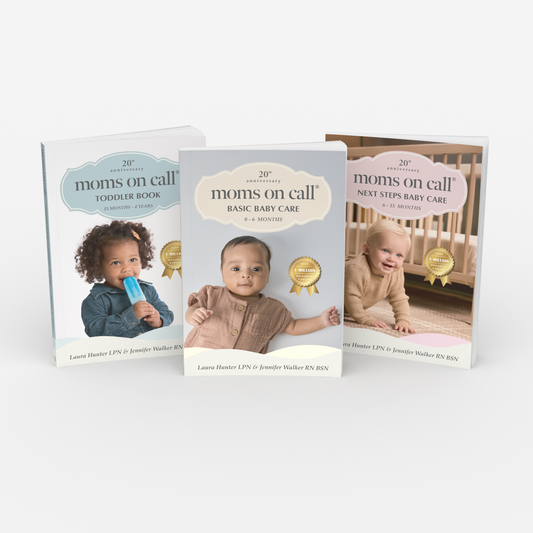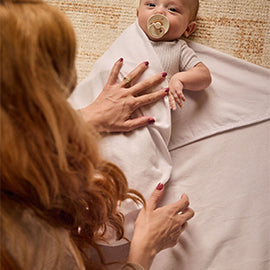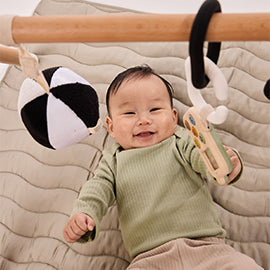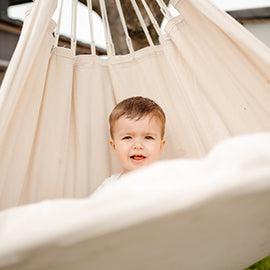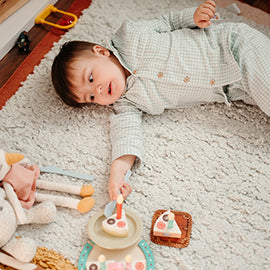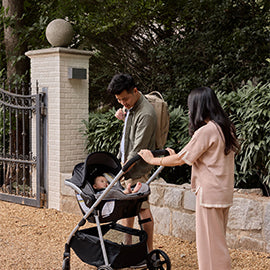So, in order to increase the effectiveness of our disciplinary technique, we have to disassemble a common myth. And that is the timetable that was placed on “time-out.” One minute per year of age will not open your child’s heart. They have to stay in a safe and separate environment until they stop crying or stay in there long enough that they begin to not like it. If we try to go in too soon, it will not work because we cannot teach in the midst of a crying fit or tantrum. One minute per year of age is simply not long enough.
If we go in while our child is still crying and try to talk to them while they are crying, then our words are lost. Nothing gets through in the midst of a tantrum. That is not a teachable moment. Once they settle down, we can move forward. As we transform our understanding of the “time-out” process, we are going to update it for the modern parent and refer to it as “Simmer Time.”Time out vs. Simmer Time
Simmer Time is what time-out should really look like if it is to be effective, positive and helpful. Placing a toddler in “Simmer Time” helps them to take responsibility for their actions. The best way for them to learn how to manage the frustration of a consequence is to allow them time to “simmer.” Learning to manage their actions and frustrations takes time and opportunity. Using a “Simmer Time” helps them to learn how to settle down. They can learn how to settle down even after getting to that intense crying tantrum state. We often say, “Oh, they get so worked up that they can’t settle themselves down.” What is the truth here? They most certainly CAN settle themselves down, but it takes TIME and they will never do it if they never have the opportunity.Simmer Time should be done in a place that is ...
- Safe – meaning, completely child-proofed.
- Has light and space.
- It needs to be a place where they cannot see you. Because if you have ever watched a tantrum, you know that the show is just for you. They will kick and scream and then look up to make sure you are watching.
- You can use a pack ‘n play if your child does not know how to climb out. (A pack ’n play that is a different color than the one used for sleeping during vacation.)
- We do not recommend the “time-out” chair because they know that you can see them there and will misbehave or try to engage you in conversation. Some may even taunt you from the “time-out” chair. If you have to hold them there or keep putting them back in the chair then it punishes you and does not give you time to settle down and determine how you are going to put a positive truth, a {HUG}, in your child’s heart.
- Lasts until they either calm down or until they are asking to come out (5-20 minutes). If they make it to 15 or 20 minutes, then you can go in and soothe them but wait until they are finished crying before you have your {HUG} moment. (H – hold them close/ U – Use confident face/ G – Give positive feedback)
- Only used for misbehaviors and tantrums, not for crying over an injury or a broken toy.
- We do not have to catch every infraction. Use this as consistently as reality allows and with grace. We are doing this so we can get that {HUG} moment at the end.
- You can use any child-proofed room with light and space. If you want to use your child’s room then take two pieces of construction paper, one red and one green. Place the paper securely, higher than 4 feet up and near the door so that you can turn it to the red side when they are in their room for Simmer Time and on the green side when they are in there for naps or playtime.
- On your way out of their room for Simmer Time – place it very purposefully on the red side. Do not look at them, do not explain it to them, do not do anything but place it on the red side and then get out fast.
- You may have to peel the child off of your leg to keep them in the room and get out as quickly as possible. And whatever you do, TRY NOT TO MAKE STRESS FACE. Do not let them see you sweat. This is an engagement-free zone until we come back for the {HUG} moment.

